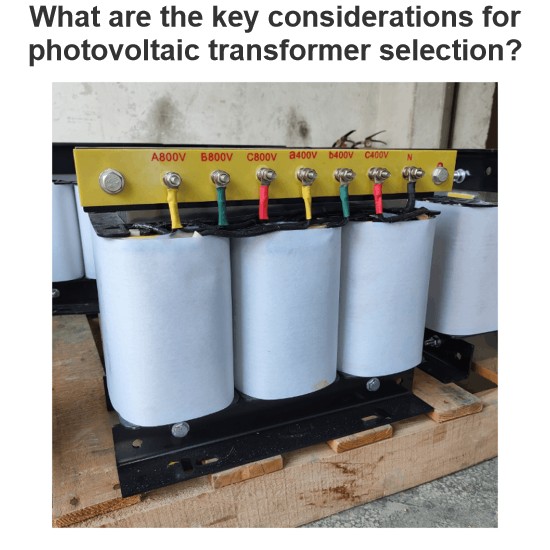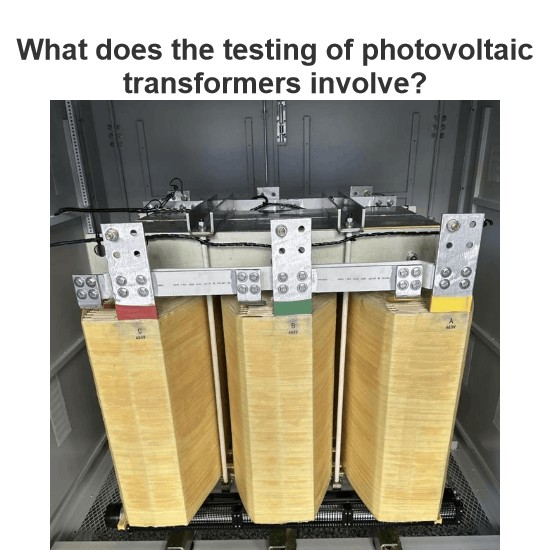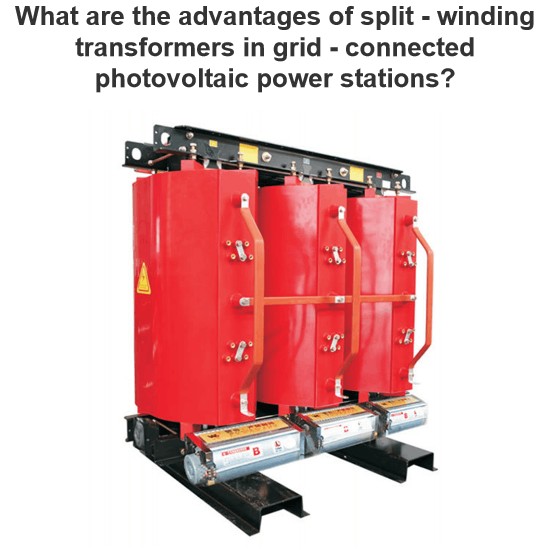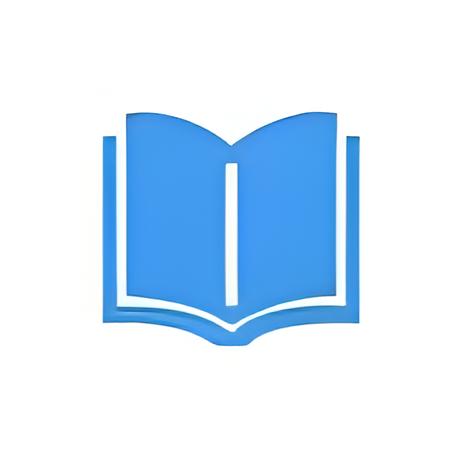What is the purpose of a conservator in an electric transformer?
The Role of Capacitors in Power Transformers
In power transformers, capacitors (also known as power factor correction capacitors or reactive power compensators) play a crucial role in improving system power factor, enhancing voltage quality, and stabilizing system operation. Below are the specific functions and working principles of capacitors in power transformer systems:
1. Improving Power Factor
What is Power Factor? Power factor is the ratio of actual consumed active power (kW) to apparent power (kVA). For inductive loads (such as motors and transformers), the power factor is typically low because these devices generate reactive power (kVAR), which increases the apparent power without proportionally increasing the active power.
Role of Capacitors: Capacitors provide reactive power to compensate for the reactive power generated by inductive loads, thereby reducing the amount of reactive power drawn from the grid. This helps improve the system's power factor, allowing more power to be used for actual work, reducing energy waste, and minimizing transmission losses.
Benefits: Improving the power factor can reduce the load current on the transformer, extend equipment life, lower electricity bills (many utility companies charge extra for low power factors), and enhance the overall efficiency of the system.
2. Enhancing Voltage Quality
Voltage Drop Issues: In long-distance power transmission or under heavy load conditions, voltage drops occur due to line impedance, leading to lower voltages at the end-user's location, which can affect the proper operation of equipment.
Role of Capacitors: Capacitors can locally provide reactive power, reducing the flow of reactive current through the lines, thus minimizing voltage drops. This is essential for maintaining stable voltage levels, especially in areas far from the power source.
Benefits: By improving voltage quality, capacitors ensure that electrical equipment operates within its rated voltage range, preventing damage or performance degradation caused by low or high voltages.
3. Stabilizing System Operation
Reactive Power Fluctuations: In some industrial applications, the demand for reactive power can fluctuate over time, particularly during the startup of large motors, when instantaneous reactive power demand surges, potentially causing voltage fluctuations and system instability.
Role of Capacitors: Capacitors can rapidly respond to changes in reactive power demand, providing or absorbing reactive power to stabilize the system's voltage levels. This is critical for maintaining the stability of the power system, especially in distribution networks.
Benefits: The rapid response capability of capacitors helps reduce voltage fluctuations, improve system reliability, and minimize the risk of outages and equipment failures.
4. Reducing Harmonic Impact
Harmonic Issues: Non-linear loads (such as variable frequency drives and rectifiers) generate harmonic currents, which propagate through the grid, causing voltage distortion, equipment overheating, and other problems.
Role of Capacitors: Certain types of capacitors (such as filter capacitors) can be combined with inductive elements to form harmonic filters, effectively suppressing specific frequency harmonics and reducing their adverse effects on the system.
Benefits: By reducing harmonics, capacitors help protect other electrical equipment from harmonic interference, extend equipment life, and improve overall system performance.
5. Supporting Reactive Power Reserve
System Reactive Power Demand: In power systems, the demand for reactive power is dynamic, especially during peak load periods when the system may require additional reactive power to maintain voltage levels.
Role of Capacitors: Capacitors can provide additional reactive power reserves when needed, helping to meet short-term peaks in reactive power demand and ensuring stable system operation.
Benefits: By providing reactive power reserves, capacitors enhance the flexibility and responsiveness of the system, ensuring stable voltage and frequency levels even during high loads or sudden events.
6. Reducing Transformer Capacity Requirements
Transformer Overload Risk: If the system's power factor is low, the transformer must transmit more apparent power to meet load demands, which can lead to transformer overload and shorten its lifespan.
Role of Capacitors: By improving the power factor, capacitors can reduce the apparent power demand on the transformer, allowing it to handle larger active power loads at the same capacity or enabling the selection of smaller transformers in new projects.
Benefits: Reducing transformer capacity requirements can lower initial investment costs and extend the life of existing equipment.
Summary
Capacitors play a vital role in power transformer systems, primarily in the following areas:
Improving power factor, reducing reactive power transmission, and minimizing transmission losses;
Enhancing voltage quality, reducing voltage drops, and ensuring stable user-end voltages;
Stabilizing system operation, rapidly responding to reactive power changes, and preventing voltage fluctuations;
Reducing harmonic impact, suppressing harmonic currents, and protecting other electrical equipment;
Supporting reactive power reserve, providing additional reactive power, and handling peak loads;
Reducing transformer capacity requirements, optimizing equipment selection, and lowering investment costs.
By properly configuring and using capacitors, the efficiency, stability, and reliability of power systems can be significantly improved.
The Electricity Encyclopedia is dedicated to accelerating the dissemination and application of electricity knowledge and adding impetus to the development and innovation of the electricity industry.













